With Donald Trump moving so rapidly on so many fronts, it is hard to grasp the big picture. What are his overriding goals, politically and electorally? What has he already accomplished?
Here is a summary in case you are keeping score. Trump has done more in a few weeks than any president in history. He took office with a coherent, detailed program and control of Congress (though a very narrow majority in the House). He is acting swiftly before his political capital dissipates.
Trump hopes to sustain his winning electoral coalition beyond his time in office. That’s why he chose a young populist, J.D. Vance, as his vice president and presumptive successor. Trump’s major policy goals are to secure the border, rebuild the military, slash government waste, cut taxes, return more policy implementation to the states and destroy Washington’s progressive social agenda, symbolized by DEI.
Some programs are sacrosanct — and Trump knows it. Social Security, Medicare and Medicaid are too popular and too many people rely on them. Although he can cut their costs, he cannot make fundamental changes.
DoGE audits, led by Elon Musk, are a big deal. They will not only find waste, fraud and abuse, they will make two other troubling discoveries. First, overhead expenses at the agencies often dwarfs the funds that go to intended recipients. Second, the “non-governmental” organizations that serve as middlemen are typically well-connected Washington insiders. That includes news organizations.
At the heart of Trump’s actions lies a profound irony: the only reason he can move so decisively, with such impact across American life, is because Democrats have spent the past century giving him that authority. They never expected the Spanish Inquisition. But that’s what they got with Trump. It was Democrats who centralized power in Washington, ceded vast powers to the president and removed many traditional constraints. Now they find, to their horror, that Trump is using the powers they ceded his office to attack their own cherished programs.
Although most of his program is still rolling out, what Trump has done in just two weeks is staggering. In fact, “staggering” is the best description of his impact on Democrats. They are wobbling, leaderless and directionless, seething with anger but unsure how to stop their nemesis or reassemble their own broken coalition.
Trump has already staged the largest comeback in American political history. His only competitor is Richard Nixon, who lost the presidential election in 1960 and the California gubernatorial election two years later, only to come back and win the White House in 1968.
Now that Trump has retaken the White House himself, he has launched the most aggressive, disruptive start to any administration in modern history. The only comparison is Franklin D. Roosevelt’s First Hundred Days, but Trump is moving far faster, with far more planning and coherence. Roosevelt was improvising. Trump knows exactly what he wants to do.
What Trump and Roosevelt share is the political space to implement major changes. Both ran on big promises and took over from failed administrations. Both used their victories to implement tectonic policy shifts and build electoral coalitions they hoped would survive for years.
Most Americans still don’t realize Roosevelt’s erratic policies failed. The country remained mired in the Great Depression until World War Two. But the coalition he formed was a huge success. It dominated American politics until Ronald Reagan’s victory in 1980. As for Trump’s MAGA coalition, it’s far too early to know if it will hold together beyond his second term. And, of course, we don’t know if his ambitious policies will succeed.
What we do know is that Trump means to sustain his coalition well beyond his presidency. That’s why he chose Vance, a young populist, as his vice president and presumed successor. We know too that Trump’s MAGA coalition has already transformed the Republican Party.
Will that transformation last and will it win national elections? That depends on whether Trump can deliver results for voters and whether Democrats can develop a compelling alternative. Trump’s chances of success, at least in the short term, rely on Executive Orders, not legislation, which is hampered by his narrow House majority.
He is aided immensely by the Democrats’ disarray and their deep division between coastal progressives and Midwestern centrists. For now, all the Democrats have got is flustering, incoherent fury at Trump. It’s a terrible look for all but the most ardent Democratic voters.
Meanwhile, Trump is trying to transform Washington and build a long-term, winning coalition. All presidents try to build these electoral coalitions, but only two have actually succeeded. The first was Republican William McKinley in 1896. Although he was assassinated in 1901, his coalition survived until the Great Depression, interrupted only by Woodrow Wilson’s two terms. Wilson won the first time on a fluke, when Republicans divided their majority vote between two candidates.
The next major electoral transformation began in 1936, when Franklin Roosevelt won an overwhelming second-term victory. His winning coalition endured for decades and transformed how America is governed. True, some moderate Republicans became president in the ensuing decades (Eisenhower, Nixon and Ford), but all of them governed within Roosevelt’s policy framework and failed to shatter his majority coalition. The largest changes within that framework came from Democrats themselves in the mid-1960s. That’s when Lyndon B. Johnson vastly extended Roosevelt’s program by passing Great Society legislation and undermined his party’s dominance in the South by passing the 1964 Civil Rights Act and 1965 Voting Rights Act.
This historic background helps make sense of Trump’s ambitious goals today. First, like McKinley and FDR, he hopes to build a winning electoral coalition that will endure beyond his own years in office. Second, like FDR and LBJ, he wants to alter the basic trend in American governance.
Let’s consider the coalition first. Trump, like Reagan, downplays the party’s reliance on wealthy suburbs. Instead, he emphasizes middle- and lower-middle class workers (think “Harry Truman Democrats”), white Evangelicals and those with less formal education. He won a larger (but still small) percentage of black male voters than most Republicans, partly because of his strong persona, partly because they fared better economically during his first term. Although a small percentage of black votes can hurt Democrats in swing states, it is not the key to a large, durable MAGA coalition. That key is Hispanic voters.
Second- and third-generation Hispanics are a growing segment of the American population, and Republicans need to win more of them. Success at the ballot box will depend on how the economy performs for them under Trump and his MAGA successors; whether they think deporting illegal aliens helps their communities (because it makes them safer) or hurts them (because it inevitably sweeps up some long-term residents, who came illegally but have not committed other crimes), and, most of all, how the continuing rise of Hispanics all areas of American life shapes their party identification.
Italian Americans might be the best analogy, or so Republicans hope. Once a staple of big-city, Democratic machines, their children and grandchildren rose economically, moved out of ethnically-defined neighborhoods, integrated securely into American life — and began splitting their votes between the two parties.
Turning to Trump’s policy goals, we begin again with the historical antecedents of FDR and LBJ. Why? Because Trump’s chief goal is to roll back some, not all, of their biggest achievements. Those two towering Democratic presidents centralized political power in Washington, away from the states, and, within Washington, away from Congress and into the Executive Branch, which they filled with huge administrative agencies. America is now governed by the president’s Executive Orders and those agencies, which issue, enforce and adjudicate most of the rules that govern Americans’ daily lives.
Some of Democrats’ crowning achievements will never be changed in fundamental ways. FDR’s Social Security and LBJ’s Medicare and Medicaid are too popular — and too many people depend on them. Trump can try to tweak those programs at the margins and root out fraud, but the programs themselves are permanent features of American government.
What Trump can abolish or cut dramatically are unpopular, ineffective programs like USAID, America’s foreign aid agency. Highlighting issues like that is part of Trump’s political genius.
Trump is beginning his assault on Washington with “80-20 issues,” where 80 percent of voters favor one policy. The genius goes beyond supporting popular positions; it’s so infuriating to your opponents that they back the 20 percent side. The more they scream their support for despised causes, the better for Trump. That’s why the president and his team have begun with easy-win issues like foreign aid, deporting violent criminal aliens and “removing men from women’s sports,” as they frame the transgender issue.
Shrewd as those policies are politically, the president still faces several roadblocks. Democrats and progressive non-profits will challenge every action in the courts, shopping for favorable venues such as Massachusetts and DC. If he picks up litter on the sidewalk, they’ll challenge it. Non-profit agencies will be heavily involved in these lawsuits since they hate Trump’s policies and depend on government handouts. Public employee unions will be front-and-center, too. Their lifeblood is at stake.
These lawsuits could win on some procedural issues, particularly if an action needs legislation, not just Executive Orders. Impounding funds appropriated by Congress will also be challenged. A few other policies, notably Trump’s effort to abolish birthright citizenship, are on shaky constitutional ground and may well be overturned by the courts.
But lawsuits aren’t Trump’s only obstacle. Another is his razor-thin House majority. He needs that chamber’s approval for his proposed budget, immigration restrictions and other policies. Approval would be assured if Trump had a ten-seat edge. He doesn’t. In fact, he could lose the majority outright in two years, if modern history is a guide. Meanwhile, the president must keep his thin House majority in line to win key votes.
For decades, presidents have been able to do just that, at least with their own party. Their dominance of Congress is so routine that we seldom recognize how different that is from the Founders’ expectations and America’s historical experience.
What has changed over the past century is the centralization and bureaucratization of power in Washington. That change altered the relationship between Congress and the president. Their separation and supposed independence was the crux of America’s constitutional architecture, as the Founders envisioned it.
The men who wrote the Constitution saw the “Separation of Powers” as the main obstacle to tyranny. They also state and local governments should have far more power than the national government. They made that limitation on the central government explicit in the Tenth Amendment. It states that, unless powers are explicitly allocated to the national government, they remain with the states.
The Founders’ assumptions no longer hold true in practice, thanks to the Democrats’ success in implementing a progressive institutional agenda over the past century.
One of President Trump’s stated goals is to return more power to states and localities, a point he hammered home in North Carolina, which is suffering from sluggish, incompetent federal disaster relief. Trump’s goal will become even more obvious — and politically inflammatory — when he tries to abolish the Department of Education and return most of its functions to the states.
But there is a crucial limitation on Trump’s program, even if he succeeds in implementing it. If states’ take more responsibility for policy implementation, they will still rely on money they receive from Washington. That, too, is a durable achievement of Democrats and progressives.
What few have noticed is the overwhelming irony at the heart of Trump’s ambitious program. He can only act so boldly, across so many areas of American life, because of that achievement by Democrats and progressives. They are the ones who centralized so much power in the presidency and his Executive Branch agencies.
What the architects of this transformation never imagined was a president who would use the powerful tools they forged to smash some of their most cherished programs. They give birth to a Leviathan. Now, to their horror, Trump is turning that Leviathan against its creators.











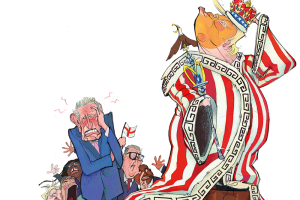

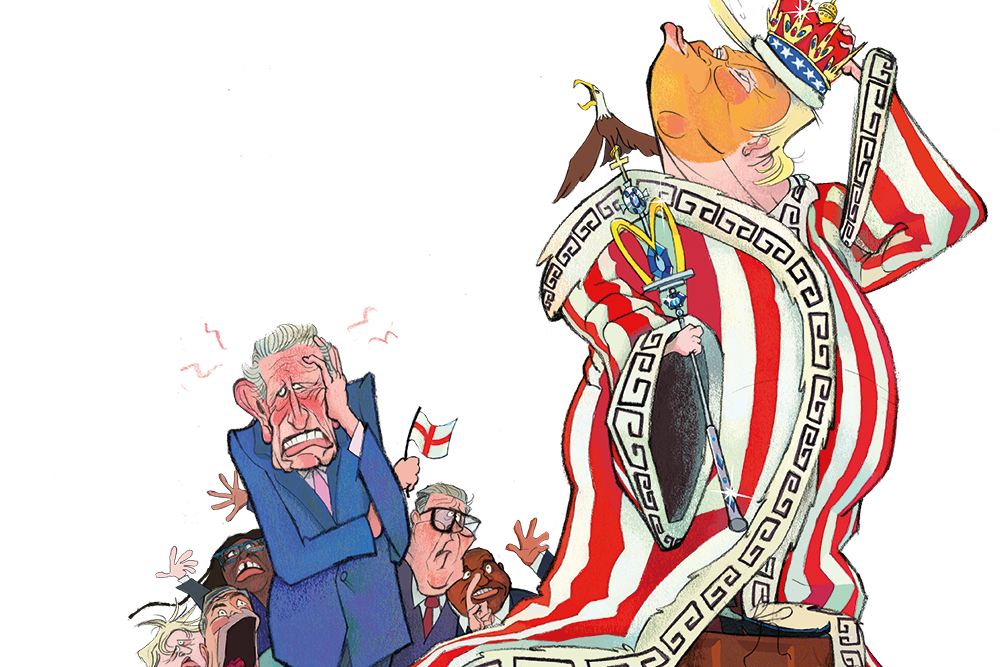

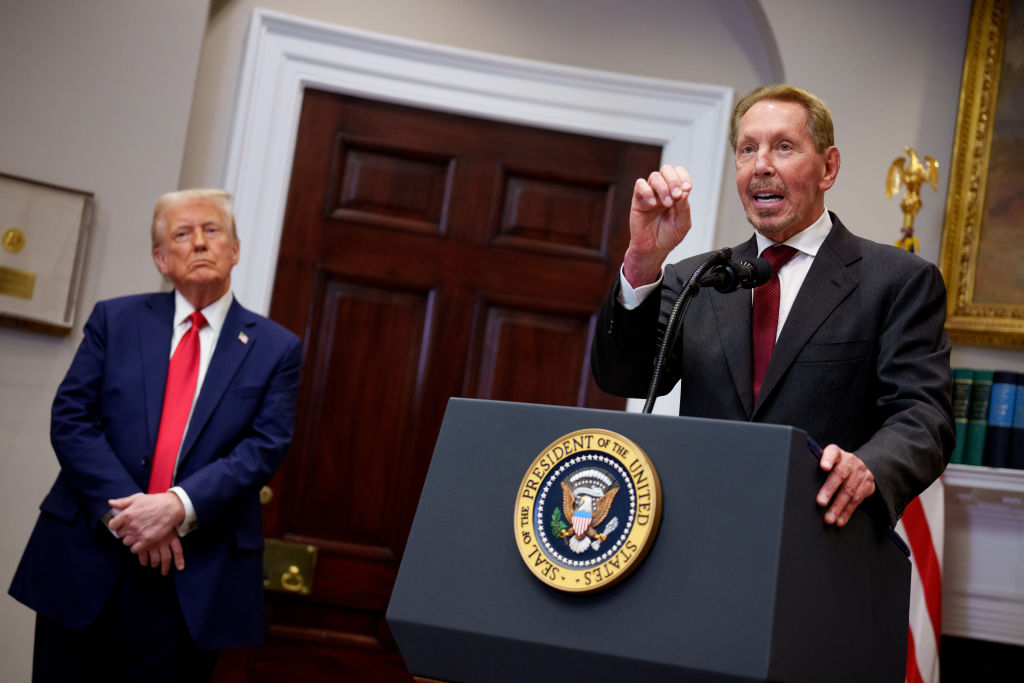

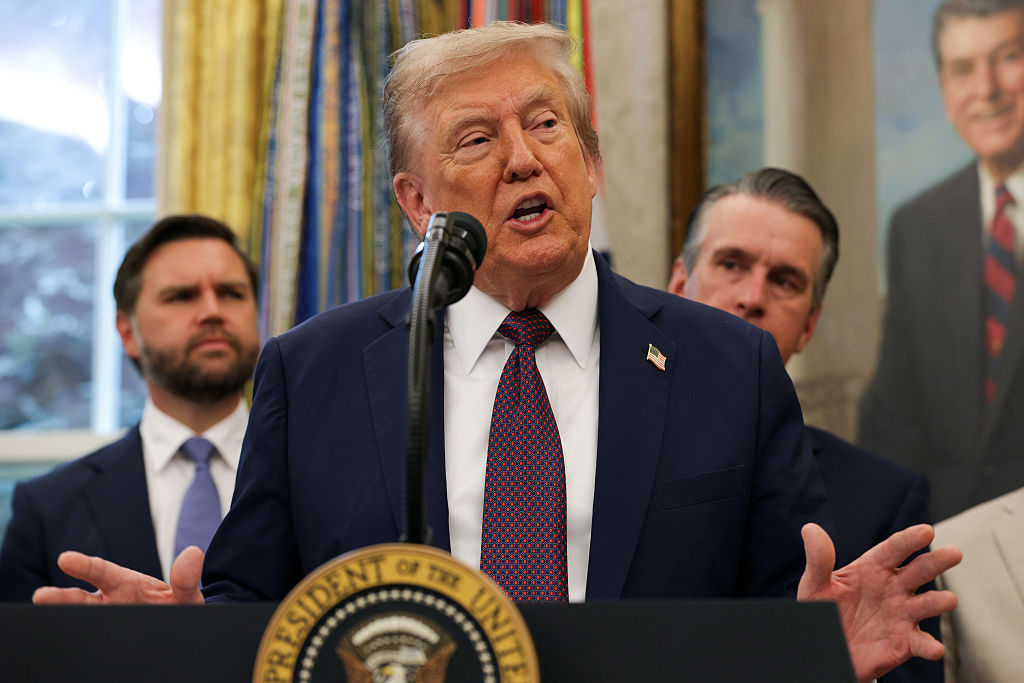


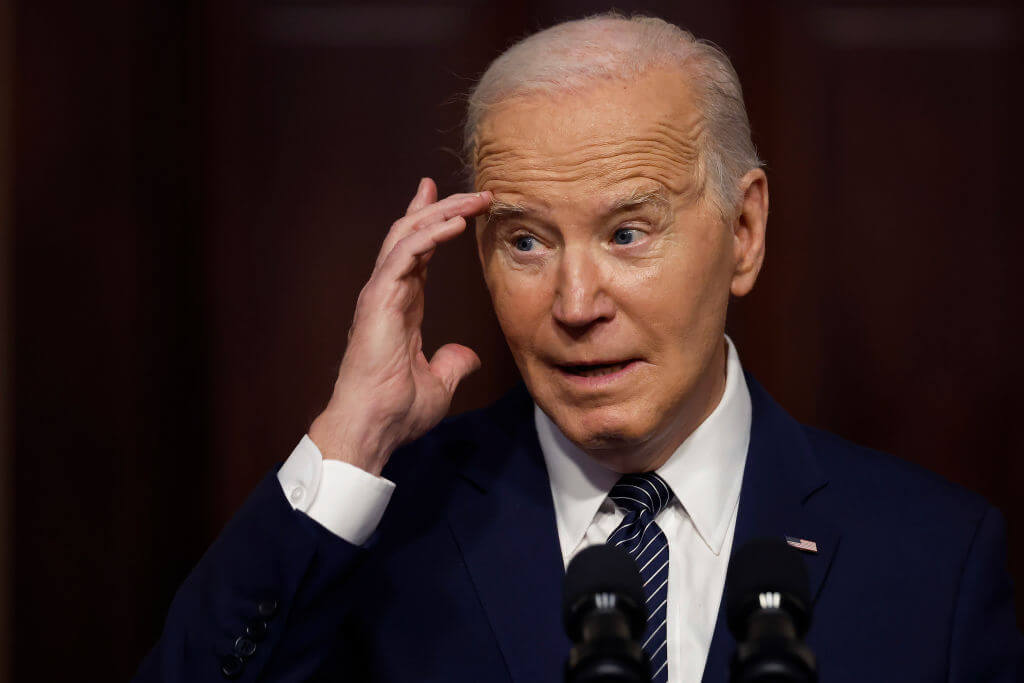



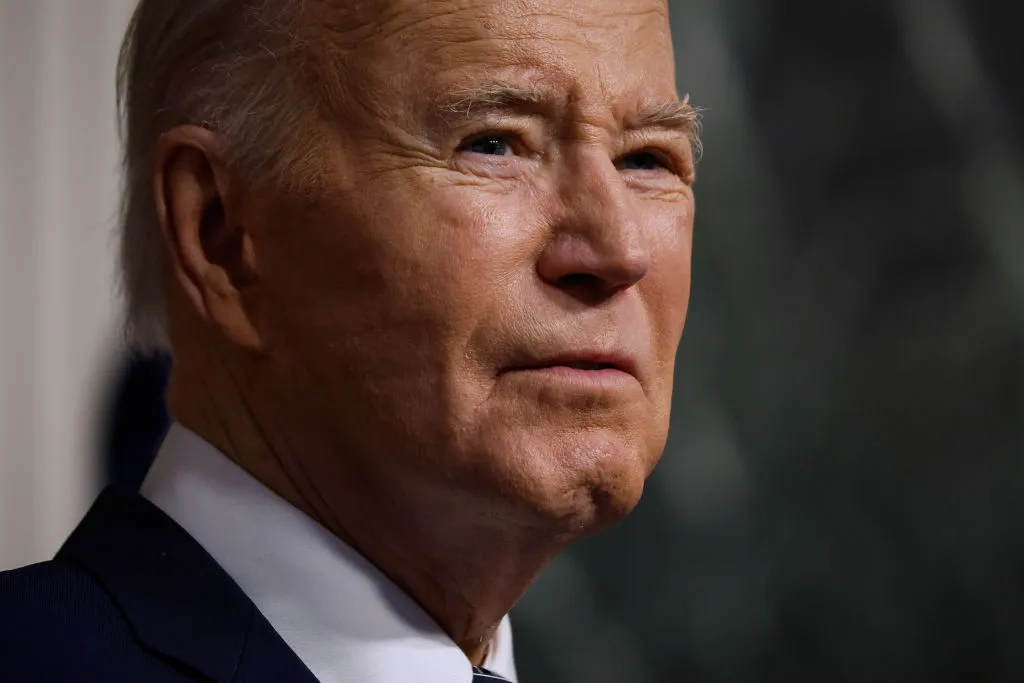

Leave a Reply